Yoga for Inner Strength
Melissa begins with core activation, helping you understand and engage the pelvic floor, then teaches you how to incorporate it into a hatha yoga class. It's crucial for stabilizing, protecting and strengthening your lower back and ensuring that you are using your body in a safe, efficient and optimal way.




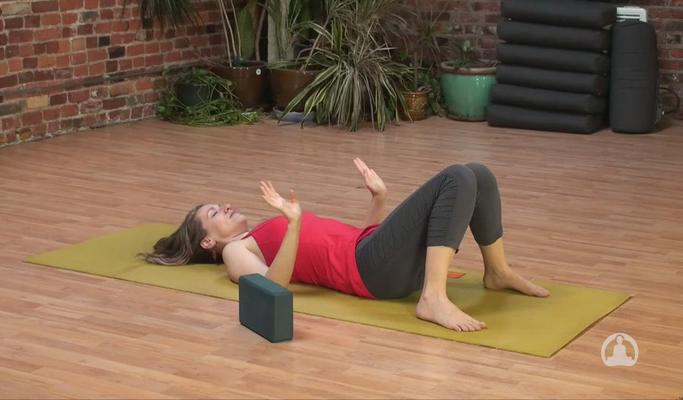
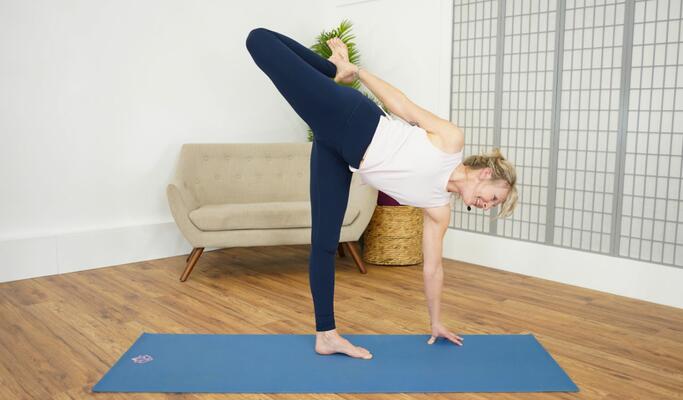
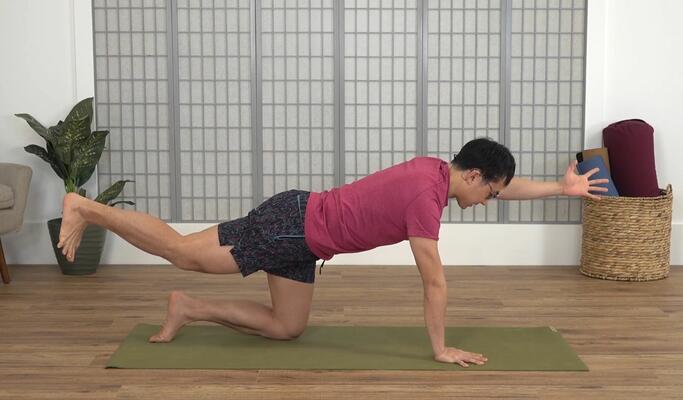
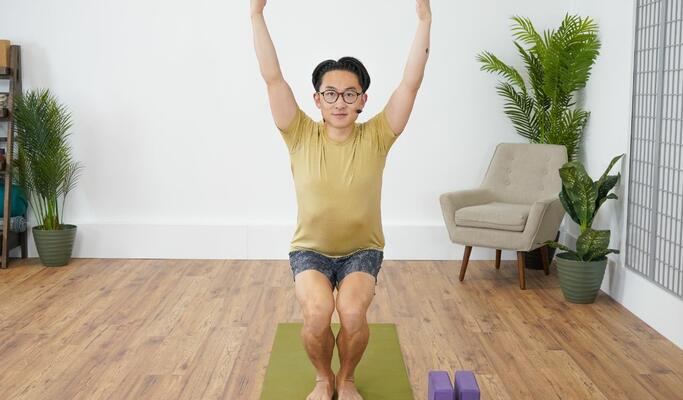
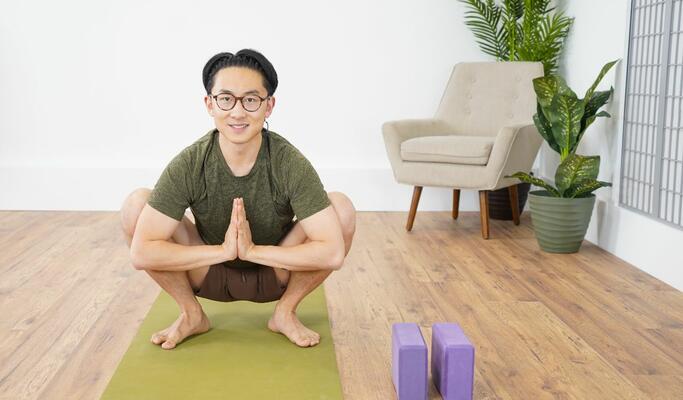
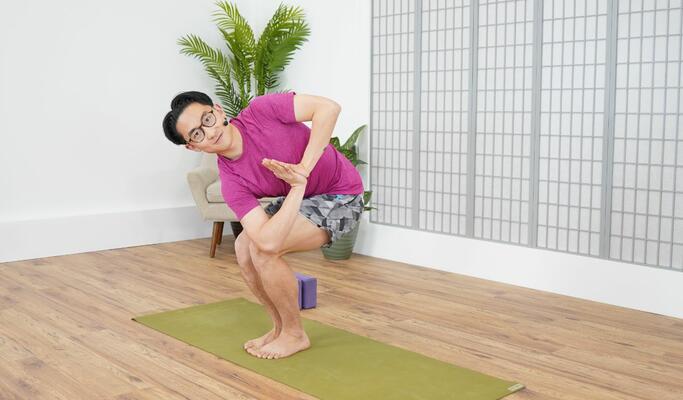
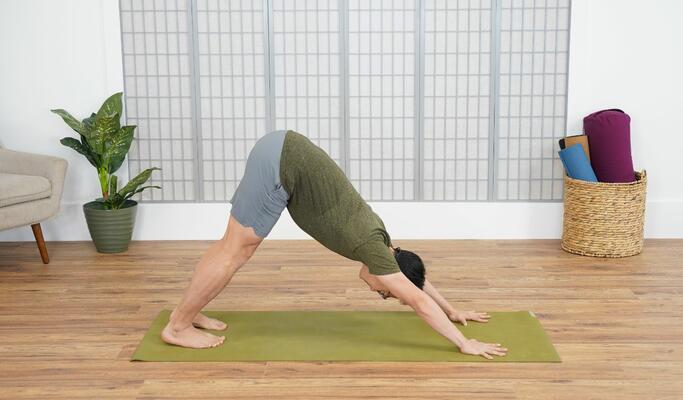

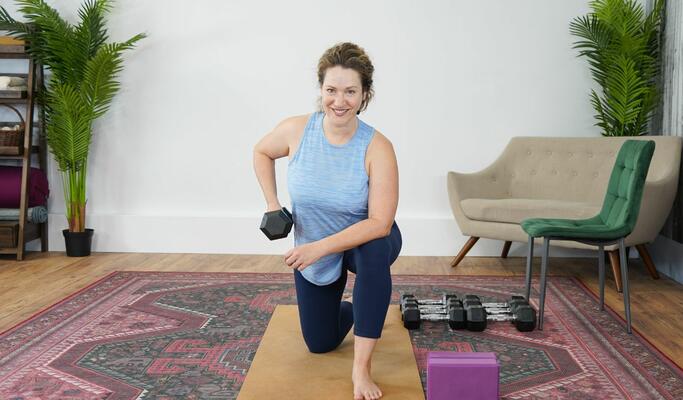
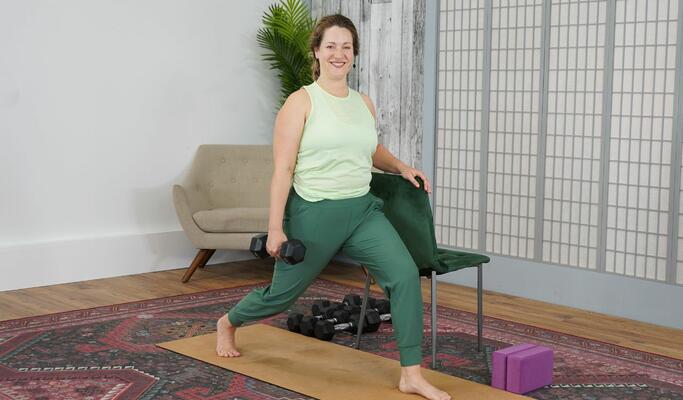


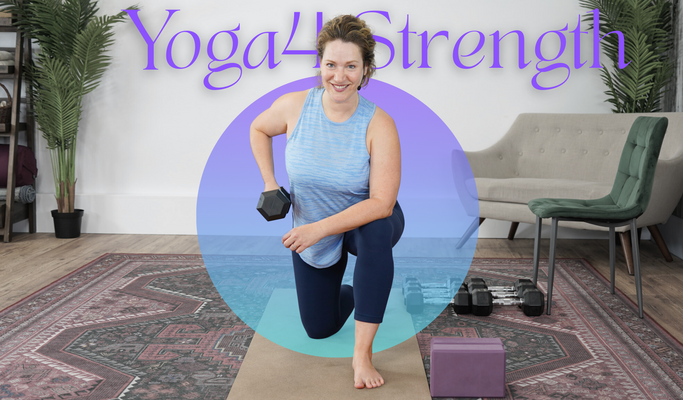









Comments
Great explanations, just wouldn't call this intermediate II. Thanks for the class.
My first class on your site - and it was great. Corona captivity requires i get on the mat at least every other day (duh) and i can't always plug in to my local studio's schedule. Been wanting to find an excellent online source and very grateful for the free trial (#laidoff). Can you say a little more about prolapse? I've heard of it but not sure if it's a general or a specific term (eg bladder or uterus). Thanks again!
Thank you very much, Melissa, for this informative and helpful class. Linking the core and pelvic floor to breadth is a key concept.
Just one important question: I understood in this class that the mechanics of breathing is inspire-abdominal and free // exhale-activate the core and pelvic floor . This worked OK for me, but I remember that in my Pilates class the teacher told me to do it the other way: inspiring with the ribs and "hollowing" the abdomen. I am a bit confused about that. Can you help me to understand it? Thank you and namaste!
I loved this class. Learning more about engaging the core and the pelvic floor was very informative, as someone who is fairly new to yoga. I love the slower pace of the class, and it was also challenging in places. Perfect!